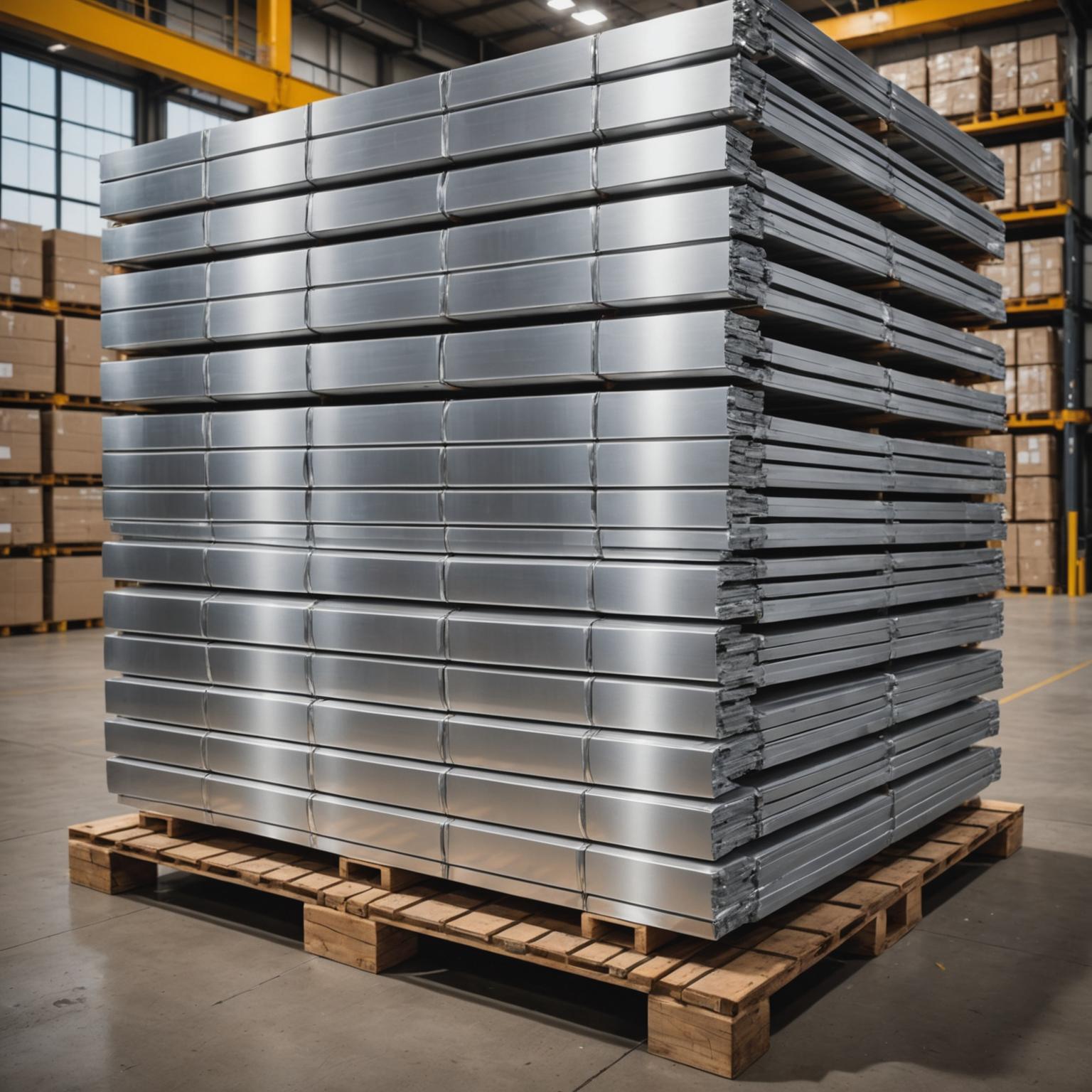The selection of materials in a clinical environment is a decision with profound implications for patient safety and operational hygiene. A premier example of this is the application of a Medical grade stainless steel sheet in the fabrication of essential equipment such as surgical tables. The operating room is a demanding environment where every surface must be non-porous, durable, and capable of withstanding rigorous sterilization protocols. This guide will walk you through the critical aspects of understanding, selecting, and maintaining stainless steel for these vital applications, ensuring you make an informed choice that prioritizes safety and longevity.
Why Stainless Steel is the Gold Standard for Surgical Tables
In a healthcare setting, the material used for surfaces that come into contact with patients, instruments, and medical staff must meet uncompromising standards. Stainless steel has long been the preferred material for surgical tables and other medical equipment for several key reasons. Its primary advantage is its exceptional corrosion resistance. Unlike other metals, stainless steel contains chromium, which forms a passive, invisible layer of chromium oxide on the surface. This layer instantly reforms when scratched, protecting the underlying metal from rust and degradation caused by exposure to bodily fluids, harsh cleaning agents, and sterilizing chemicals. Furthermore, its surface is non-porous, meaning it does not harbor bacteria, viruses, or other pathogens. This characteristic is fundamental to preventing cross-contamination and hospital-acquired infections. The sheer durability and strength of stainless steel also ensure that equipment like surgical tables can withstand heavy loads and the daily rigors of a busy operating theater without denting or warping, maintaining a flat and stable surface for delicate procedures.
Understanding 'Medical Grade': A Deeper Dive
Not all stainless steel is created equal, and the term 'medical grade' refers to specific alloys that are biocompatible and highly resistant to corrosion. The two most common types used in medical applications are Grade 304 and Grade 316L. Grade 304 is a versatile and widely used stainless steel known for its good corrosion resistance and formability. However, for applications involving frequent exposure to chlorides—found in saline solutions, blood, and many disinfectants—Grade 316L is the superior choice. The key difference is the addition of molybdenum to the 316L alloy. This element significantly enhances its resistance to pitting and crevice corrosion caused by chlorides. For equipment like surgical tables, which are subjected to constant cleaning and sterilization, the enhanced protection offered by 316L stainless steel provides a crucial margin of safety and extends the equipment's lifespan considerably.
A Guide to Selecting the Right Medical Grade Stainless Steel Sheet
Choosing the correct sheet material is a multi-step process that requires careful consideration of the final application's demands. First, confirm the necessary grade. While 304 may suffice for some peripheral equipment, 316L is the recommended standard for surfaces in direct or frequent contact with corrosive substances, making it the ideal choice for a surgical table top. Second, consider the surface finish. A smooth, polished finish, such as a #4 brushed or a 2B mill finish, is essential. Smoother surfaces are easier to clean and have fewer microscopic imperfections where contaminants can accumulate. Third, verify the material's thickness, or gauge. The thickness of the Medical grade stainless steel sheet will determine the table's structural integrity and load-bearing capacity. It must be robust enough to support the weight of patients and equipment without flexing. Finally, always source your material from a reputable supplier who can provide a Material Test Report (MTR), which certifies the alloy's chemical composition and confirms it meets industry standards like those set by ASTM.
From Sheet to Surgical Table: The Fabrication Process
The transformation of a flat sheet of stainless steel into a fully functional piece of medical equipment is a precision-driven process. Fabrication typically involves laser cutting or shearing the sheet to the exact dimensions required. Bending and forming operations then create the necessary shapes and profiles for the table's structure. Welding is a critical step, and in a medical context, all welds must be executed flawlessly. Poorly executed welds can create crevices or porous spots that compromise the hygienic integrity of the surface. TIG welding is often preferred for its clean, high-quality results. After welding, the joints are ground smooth and polished to blend seamlessly with the rest of the surface. A final and crucial step is passivation, a chemical process that removes any free iron from the surface and enhances the chromium-rich passive layer, maximizing the corrosion resistance of the finished product.
Maintenance and Care for Long-Term Performance
Proper maintenance is key to preserving the integrity and appearance of stainless steel surgical tables. Daily cleaning should be performed using a soft cloth or sponge with a neutral pH detergent and warm water. It's important to rinse thoroughly with clean water and wipe the surface dry to prevent water spots and mineral deposits. For sterilization, stainless steel is compatible with most standard methods, including autoclaving (steam sterilization) and chemical sterilants. However, it is vital to avoid using abrasive cleaners, steel wool, or scouring pads, as these can scratch the passive layer and create sites for corrosion to begin. It's also advisable to avoid prolonged contact with concentrated bleach or other harsh chloride-containing chemicals. By following these simple care guidelines, healthcare facilities can ensure their stainless steel equipment remains safe, hygienic, and functional for many years.








